
Tongli iron ore vertical roller mill is a high-efficiency grinding equipment. It integrates crushing, drying, grinding, grading and conveying, and has many advantages. The particle size of the material entering the mill can reach 0-50mm, the moisture content of the material entering the mill is less than 15%, the moisture content of the product is ≤1-6%, the output is 5-700t/h, and the finished product particle size is 22-180μm. It can be widely used in various non-metallic mineral materials with a Mohs hardness below 7 and a humidity within 6%, such as cement raw materials, clinker, etc. In the steel smelting agglomeration process, it can process iron ore concentrate and pellet materials. It is easy to operate and has low operating costs. It is an ideal choice for iron ore processing.


One machine, two jobs
A MACHINE YOU CAN DEPEND ON!
Tongli iron ore vertical mill is specially designed for processing iron ore with Mohs hardness of 6-7. Its grinding efficiency is 30-50% higher than that of ball mill, and its unit energy consumption is reduced by 20-30%. The equipment adopts high-chromium alloy wear-resistant materials, and its service life is extended by 40%. The unique high-pressure grinding system can grind iron ore to 80-400 mesh, and the fineness can reach 90% through 200 mesh sieve. The automatic control system ensures uniform product particle size and the powder passing rate is controlled within 5%, which effectively improves the subsequent mineral processing recovery rate.
Tongli iron ore vertical mill is 30-50% more efficient than traditional ball mill. Under the same 3000kW power, the vertical mill can process 250-300 tons of iron ore per hour, far exceeding the 180-200 tons of ball mill. When running for 7,000 hours per year, the vertical mill can produce 150,000-200,000 tons more iron ore concentrate than the ball mill
Tongli vertical mill uses high-precision grinding rollers made of special alloy steel, with a surface hardness of HRC60-65. The high hardness ensures that the grinding roller maintains stable performance during long-term operation and effectively reduces wear. High-precision grinding rollers not only improve grinding efficiency, but also ensure consistent particle size, and are key components for efficient grinding of iron ore.
Tongli iron ore vertical mill's grinding rollers have been precisely dynamically balanced and optimized, and the balance accuracy is controlled within the G1.0 level. This high standard ensures the stability of the equipment at high speeds, effectively reduces vibration amplitude, and reduces noise levels. The optimized dynamic balance can reduce wear on bearings and other components, extending the service life of the equipment by 20-30%
| Model Specification | Grinding Disc Diameter D (mm) | Grinding Roller Diameter d (mm) | Number of Grinding Rollers n | Standard Installed Power P (kW) | Standard Capacity Q (t/h) |
| TLZJ22.30 | 2200 | 1400 | 3 | 550 | 70 |
| TLZJ26.30 | 2600 | 1600 | 3 | 790 | 100 |
| TLZJ28.30 | 2800 | 1750 | 3 | 900 | 115 |
| TLZJ30.30 | 3000 | 1700 | 3 | 1000 | 120 |
| TLZJ32.30 | 3200 | 1500 | 3 | 1400 | 160 |
| TLZJ34.30 | 3400 | 1500 | 3 | 1600 | 180 |
| TLZJ36.41 | 3600 | 1600 | 3 | 1800 | 200 |
| TLZJ38.41 | 3800 | 1700 | 3 | 1900 | 230 |
| TLZJ40.41 | 4000 | 1800 | 3 | 2240 | 260 |
| TLZJ43.41 | 4300 | 1900 | 3 | 2500 | 310 |
| TLZJ46.41 | 4600 | 2060 | 3 | 3150 | 350 |
| TLZJ48.41 | 4800 | 2240 | 3 | 3350 | 390 |
| TLZJ50.41 | 5000 | 2360 | 3 | 3500 | 420 |
| TLZJ53.41 | 5300 | 2500 | 3 | 3800 | 470 |
| TLZJ56.41 | 5600 | 2600 | 3 | 4500 | 540 |
| TLZJ59.61 | 5900 | 2600 | 3 | 5000 | 610 |
| TLZJ63.61 | 6300 | 2700 | 3 | 6000 | 720 |
The main components of iron ore are iron oxides, primarily including hematite (Fe₂O₃), magnetite (Fe₃O₄), and goethite (FeO(OH)). Hematite is known for its high iron content, approximately 70%, and is often regarded as a representative of high-grade iron ore; magnetite has an even higher iron content, around 72%, and possesses strong magnetic properties, making it suitable for magnetic separation processes; goethite has a relatively lower iron content, around 60%-62%, but is easy to reduce, making it suitable for specific smelting processes.
Iron ore also contains certain impurities, such as silica (SiO₂), alumina (Al₂O₃), and phosphorus, which can affect the smelting efficiency and the quality of steel products. For example, high phosphorus content in iron ore can lead to increased brittleness in steel products. Therefore, the quality evaluation of iron ore considers not only the iron content but also the assessment of impurity levels. The average iron content of high-grade iron ore globally ranges from 58% to 65%, with specific compositions varying by source.
The processing flow of iron ore primarily includes steps such as crushing, grinding, magnetic separation, flotation, and gravity separation. First, iron ore is mined from the mine and undergoes primary crushing to break large ore blocks into smaller particles. Next, the ore is ground into fine powder using a vertical mill to enhance the efficiency of subsequent beneficiation steps.
Magnetic separation is a commonly used process in iron ore processing, utilizing the magnetic differences between magnetite and hematite to separate iron minerals from gangue using magnetic separation equipment. For ores with lower iron content, flotation is another effective separation method that involves adding chemical agents to separate iron minerals from impurities. Gravity separation utilizes the density differences of the ores to separate iron minerals through gravity or centrifugal forces.
After these processes, the iron elements in the ore are extracted and concentrated, forming iron concentrate with an iron content of up to 65%-70%. These iron concentrates are typically sent to steel mills for use in the blast furnace ironmaking process. The average beneficiation recovery rate for iron ore globally is over 85%.
In the grinding process of iron ore, a vertical mill can achieve a fineness ranging from 80 to 325 mesh (equivalent to 180 to 45 microns), with specific fineness adjustable according to production requirements. Typically, 80 mesh (180 microns) is suitable for coarse grinding, while 325 mesh (45 microns) is suitable for fine grinding.
By adjusting the classification device of the vertical mill, the discharge particle size can be accurately controlled to ensure consistent product quality. The design of the grinding rollers and grinding table in the vertical mill is optimized to provide higher crushing force and grinding efficiency.
The iron ore vertical mill increases the specific surface area of the particles by grinding the iron ore into finer powder, thereby enhancing the efficiency of chemical reactions. When the grinding fineness reaches 200 mesh, the reduction rate of iron can be improved to over 90%, which is about 5% higher than that at a 100 mesh fineness.
The use of a vertical mill has increased smelting production efficiency by 15%-30%, reducing energy consumption per ton of ore by 20%-30%. One smelting plant increased its annual output by 100,000 tons and reduced production costs by approximately 50 yuan per ton, saving 5 million yuan annually through the use of the vertical mill. The use of the vertical mill also reduced dust emissions by 30% and decreased carbon dioxide emissions, positively impacting the environment.
Vertical mills can process a variety of iron ores, including hematite, magnetite, limonite, and siderite.
Hematite: Hematite (Fe2O3) is a common type of iron ore with a high iron content. A vertical mill can grind hematite into ultrafine powder. By using a vertical mill, 80% of the hematite can pass through a 325 mesh sieve, thereby increasing the iron recovery rate, usually by about 5%-10%.
Magnetite: Magnetite (Fe3O4) is suitable for enrichment by magnetic separation due to its natural magnetic properties. The efficient grinding performance of the vertical mill can refine the magnetite particles and make the magnetic iron minerals more dissociated from the gangue minerals. When using a vertical mill to process magnetite, an iron recovery rate of up to 95% can be achieved, which is about 15% higher than that of a traditional ball mill.
Limonite: Limonite (FeO(OH)·nH2O) has a relatively low iron content and is easy to absorb water. The vertical mill can effectively process limonite through its dry or wet grinding technology, reduce its moisture content, and improve the efficiency of subsequent smelting. The iron content of limonite concentrate ground by the vertical mill can be increased to 55%-60%, which significantly reduces the energy consumption and cost of subsequent processes.
Siderite: Siderite (FeCO3) usually contains more carbonate impurities, which affects the smelting efficiency. The vertical mill can grind siderite efficiently, making it easier to remove impurities such as carbonates through flotation and other processes. Actual production data shows that the iron grade of siderite concentrate treated by vertical mill grinding can be increased to more than 50%, while the impurity content is significantly reduced.
| The file name that needs to be downloaded | View Download |
| The file name that needs to be downloaded1 | View Download |
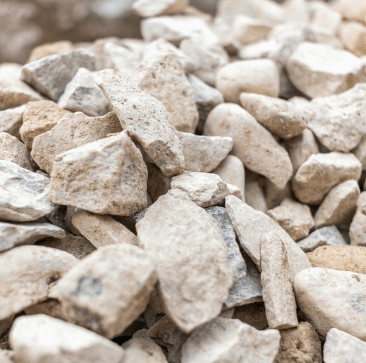
Hematite ore is a primary source of iron, often requiring fine grinding for efficient extraction. Vertical mills can handle its hard and dense nature, ensuring fine, high-quality iron concentrate with low energy consumption.

Magnetite ore, characterized by its high iron content, benefits from vertical mills due to their ability to process hard ores efficiently. These mills achieve precise particle size control for optimal recovery in beneficiation processes.
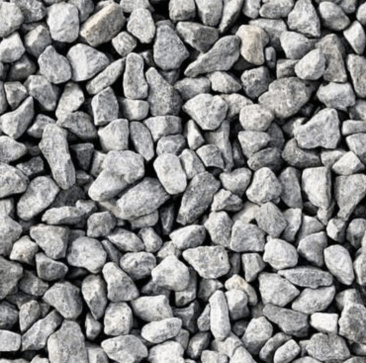
Limonite ore is less dense and easier to grind compared to magnetite or hematite. Vertical mills can process this material at higher throughput, enhancing the overall efficiency of iron ore processing with minimal wear and tear.
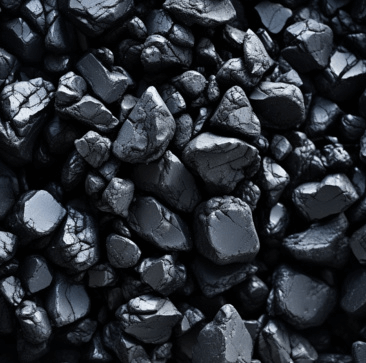
Taconite, a lower-grade iron ore, requires fine grinding for effective extraction of iron. Vertical mills excel at grinding this material, producing a fine powder that maximizes iron yield while minimizing energy costs.
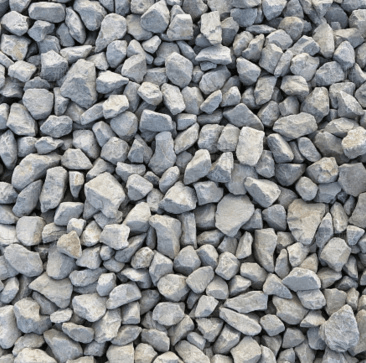
Goethite ore, a hydrated iron oxide, benefits from the fine grinding capabilities of vertical mills. These mills offer consistent performance, making them ideal for processing goethite with high efficiency in the iron extraction process.

Banded Iron Formations, rich in both magnetite and hematite, present unique challenges. Vertical mills are well-suited to handle these complex ores, delivering finely ground materials that optimize iron ore beneficiation.
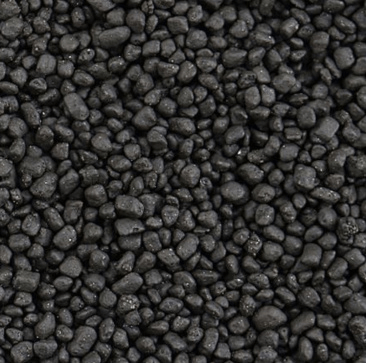
Iron ore fines, a by-product of mining, often require re-grinding for pelletizing or sintering. Vertical mills are highly effective at processing these fines, ensuring uniform particle size and improving overall iron ore recovery and quality.
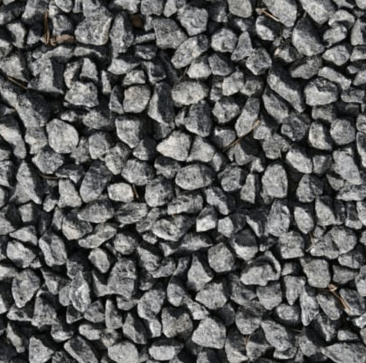
A brief introduction text about this category
You can get in touch with us through the following contact information
AddressNo. 2289 Huancheng South Road, Tongxiang, Jiaxing, Zhejiang Province, China. Zip code:314500
Please fill in the sales inquiry form and our sales representatives will be in touch shortly.